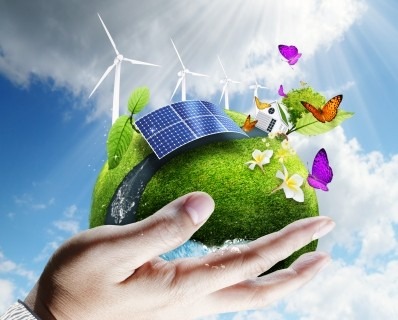Findings from UNEP-Data indicate that India’s total consumption of materials in 2010 was 5 billion tonnes that consisted of 42% renewable biomass and 38% non-metal minerals, fossil fuels and metals. Projections show that this consumption will be almost five fold by 2050, with the share of abiotic materials becoming four times that of biotic materials. India’s consumer group will be the third largest globally by 2020 and will consume 13% of the available resources, potentially putting immense pressure on reserves. At the current rates, India’s present demand for resources is set to triple by 2050 and use more materials than all OECD countries use today. Thus, it becomes imperative to address the disproportionate and inefficient use of these resources.
India needs to attain security and inclusivity of resources by improving their efficiency and sufficiency. A simple strategy to reduce, reuse and recycle will be a good start to attain resource efficiency. While Indians need to reduce their usage of non-renewable sources and use them as efficiently as possible by creating more with less, it is also important to replace them with renewable sources where necessary. The impact of the use of these resources on the environment should be reduced with maximum waste being upcycled and if viable, even recycled into usable resources.
- Europe/North America as the world leader in clean energy technologies (wind and Solar) can help India reach the Paris Agreement commitments. Indian Manufacturers can collaborate on EV (Electrical Vehicle) – European technology and Indian ingenuity in making the EV affordable.
- Europe/North America as the champion of Waste Management can support India in its 100 Smart cities initiatives.
AMWORLD enrolls organizations committed towards working for the environment as a knowledge partner for such projects. As a leading provider of environmental M&A consultancy services, it uses its collective scientific expertise and experience of monitoring, evaluation and compliance to develop customized and technically sound yet cost-effective solutions for a vast variety of environmental projects. It assists its clients in obtaining consents to establish/operate in addition to various types of clearances (such as environmental, forest and Coastal Regulatory Zone). It conducts monitoring (air, water, noise and waste), impact management studies, and support audits (environment, safety and quality). It also provides legal advice and training to plant workers on various safety and environmental aspects.

